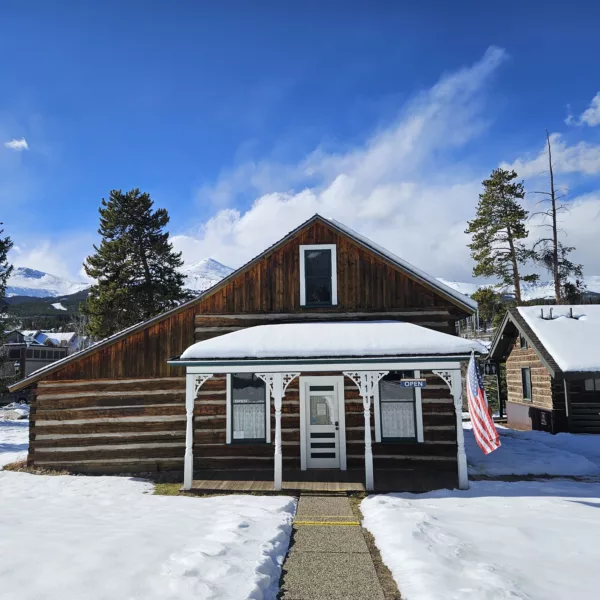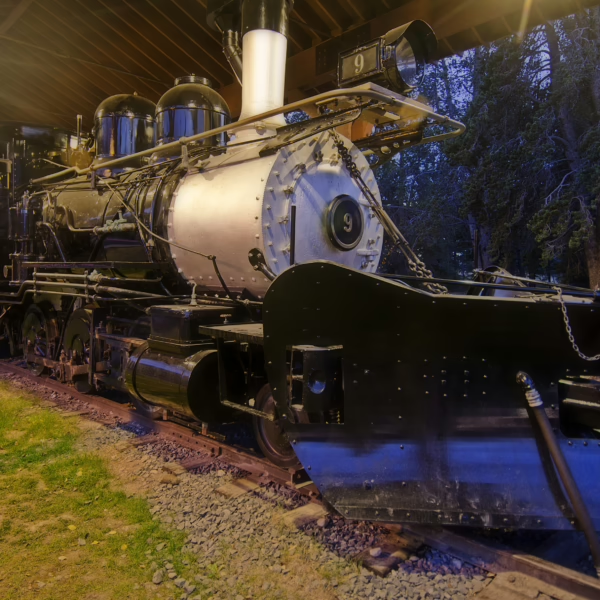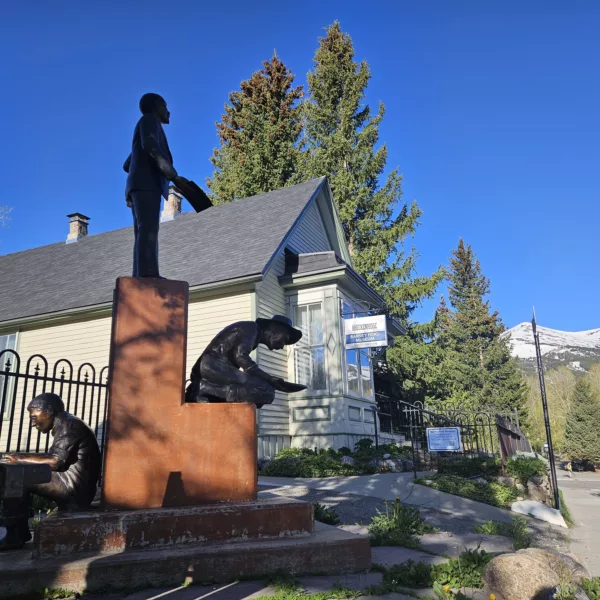Why Museums Matter
March 16, 2024 | Category: Making History Happen
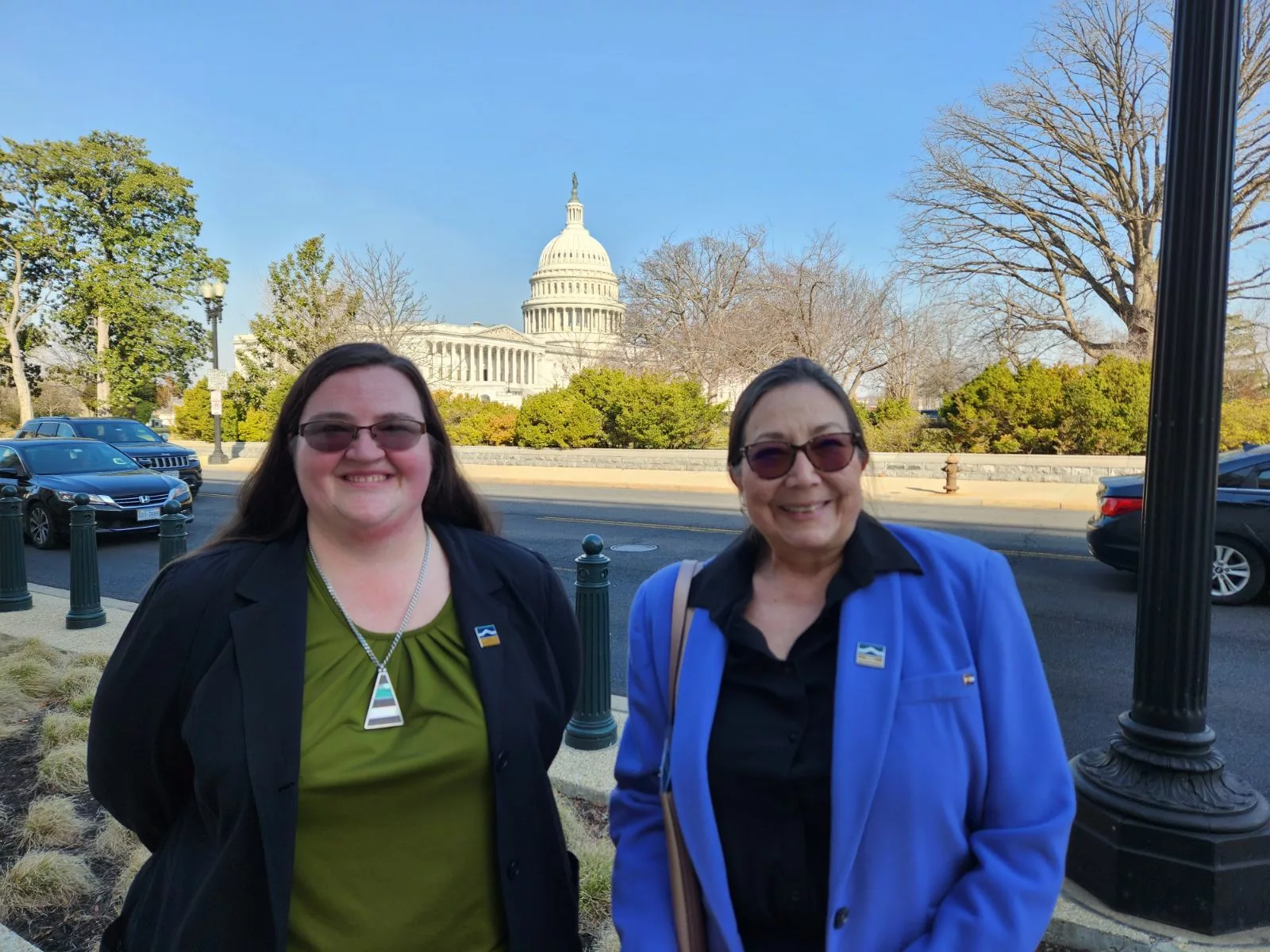
Why are museums important? It might sound like a simple question, but it comes with some very complex answers. We are community partners, educators, economic engines, and preservers of the past. Last month, on Feb. 27, Breckenridge History had the pleasure of joining colleagues from across the country at Museum Advocacy Day in Washington D.C. Hosted by the American Alliance of Museums, a few days in the nation’s capital gave us the opportunity to speak with Congressional representatives and their staff from across the state of Colorado. It also gave us the opportunity to check in with other people in our industry and see what awesome things our colleagues are up to – have you seen the triceratops at the University of Colorado?
The Power of Museums
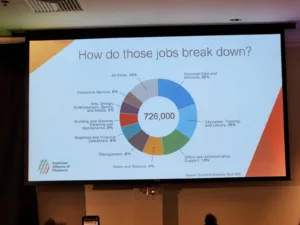 Across the country, museums contribute $50 billion to the GDP annually and provide 726,000 jobs. In Colorado, that translates to more than $1 billion in economic impact and more than 16,000 jobs. Here in Breckenridge, we’ve worked hard during and after the pandemic to maintain our staffing levels, and to keep our museums and experiences affordable for the general public. In fact, our museums are free and our tours are some of the most cost-effective experiences you can enjoy in town! We are very lucky to have funding from the town, local grant-making organizations, and donations from the public. All of this helps us to preserve our historical sites in town and the surrounding area.
Across the country, museums contribute $50 billion to the GDP annually and provide 726,000 jobs. In Colorado, that translates to more than $1 billion in economic impact and more than 16,000 jobs. Here in Breckenridge, we’ve worked hard during and after the pandemic to maintain our staffing levels, and to keep our museums and experiences affordable for the general public. In fact, our museums are free and our tours are some of the most cost-effective experiences you can enjoy in town! We are very lucky to have funding from the town, local grant-making organizations, and donations from the public. All of this helps us to preserve our historical sites in town and the surrounding area.
For Museum Advocacy Day, we had two industry-wide asks for our legislators: maintain IMLS Office of Museum Studies funding for 2024 and increase it in 2025; and include universal charitable donations in future tax packages. IMLS grants help museums with a variety of projects from improving infrastructure like ensuring storage facilities have the proper environmental controls to creating new exhibits. The Children’s Museum of Denver recently received an IMLS grant which allowed them to create the Bloom exhibit. This exhibit is designed for newborns through 3-year-olds, and it helps them to develop fine and gross motor skills. This is just one example of the effects IMLS grants can have on museums big and small.
Why did we ask for universal charitable donations? Currently, only 10% of Americans itemize their taxes and anyone who doesn’t misses out on the deduction they would receive from charitable gifts. During the pandemic, a temporary enactment allowed single filers to receive deductions for up to $300 and $600 for couples. During this time, we saw a significant increase in the amount of small donations coming into museums, as well as other charitable organizations. When that deduction ended at the end of 2021, we again saw a dip in donations. Allowing people to receive a charitable donation for smaller gifts encourages people to donate and it is amazing what a museum can do with a donation! The power of museums is one of the few things most Americans can agree on right now – 96% of people support maintaining or increasing current funding to museums.
In Museums We Trust
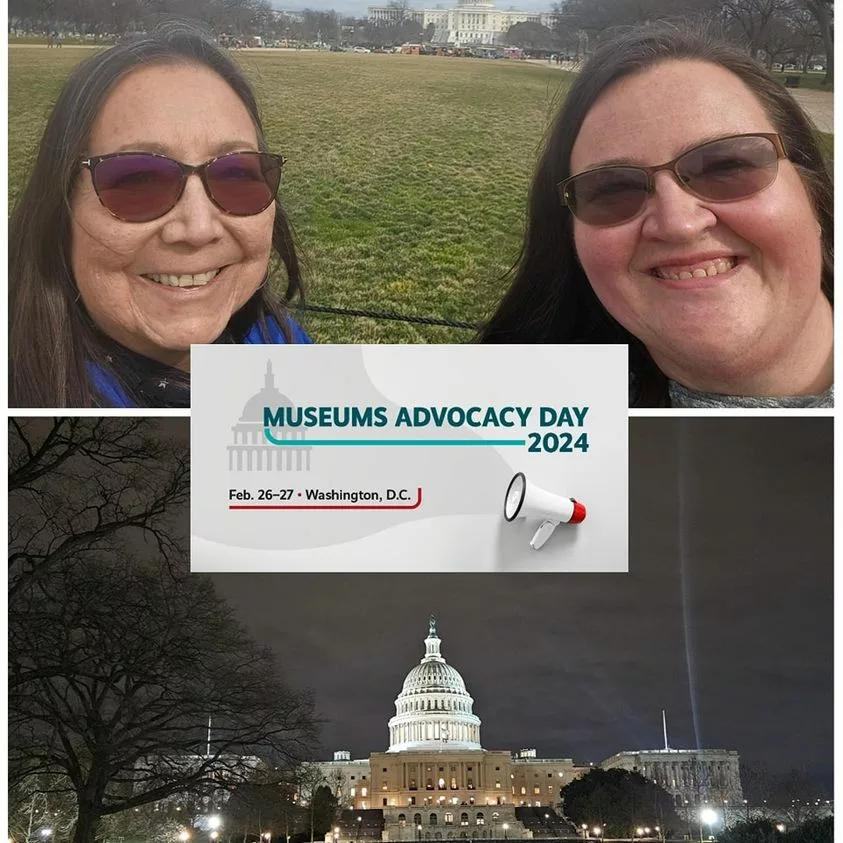 A survey by the American Alliance of Museums showed that while trust has fallen in news organizations, politics, and pretty much across the board, people still trust museums. In fact, the study showed the only source people trusted more than museums was their friends and family. Why are museums so trusted? Largely because you can see the facts in front of you. The objects, photos, and diaries from history tell the story and our job is to let them. History is complicated and we don’t shy away from that fact. We learn. We adapt. We tell the stories we can as best we can. In Breckenridge, we have a fantastic example in the Barney Ford Museum. The museum will celebrate its 20th anniversary this year, and the history we tell has changed greatly over those 20 years. We have found new primary sources and as we’ve learned more, you’ve been able to see that reflected in our museum. Sometimes we get things wrong. A source might have misinformation or maybe there’s just a gap in our knowledge, but we don’t try to hide that. It’s important to be transparent with our public so you know our best efforts are going into telling a fact-based history about the people and events that changed our world.
A survey by the American Alliance of Museums showed that while trust has fallen in news organizations, politics, and pretty much across the board, people still trust museums. In fact, the study showed the only source people trusted more than museums was their friends and family. Why are museums so trusted? Largely because you can see the facts in front of you. The objects, photos, and diaries from history tell the story and our job is to let them. History is complicated and we don’t shy away from that fact. We learn. We adapt. We tell the stories we can as best we can. In Breckenridge, we have a fantastic example in the Barney Ford Museum. The museum will celebrate its 20th anniversary this year, and the history we tell has changed greatly over those 20 years. We have found new primary sources and as we’ve learned more, you’ve been able to see that reflected in our museum. Sometimes we get things wrong. A source might have misinformation or maybe there’s just a gap in our knowledge, but we don’t try to hide that. It’s important to be transparent with our public so you know our best efforts are going into telling a fact-based history about the people and events that changed our world.
Museums are also trusted by 97% of Americans as educational assets in our communities. Across the country, museums spend more than $2 billion every year on educational activities. Here in Breckenridge, thanks to grants from BGV Gives and in-kind donations from Vail Resorts EpicPromise, we’ve been able to offer free educational programs to schools throughout Summit County. In 2023, we served more than 500 students in our community through field trips, in-class instruction, and as part of our new afterschool program. As a trusted partner, we feel it’s important to show up for our community where you need us. Through Project Thrive, we learned that parents in our community struggle most with childcare on Wednesdays because school gets out earlier than the rest of the week. As a result, we started our afterschool program on Wednesdays from 3-5:30 pm and have so far completed six-week programs at Silverthorne and Dillon elementary schools, and we are just starting a new program at Summit Cove.
So, What’s the Issue?
With all these great things going on in museums and so much support from people across the country, it sounds like everything is roses in the museum world, right? The truth is, we haven’t rebounded from the pandemic. Right now, 60% of museums are short-staffed, mostly in front-line roles. Our number of visitors is also still down. Currently, museums across the country are averaging 71% of the attendance we saw pre-pandemic. So, come say hi! Visit your local museums or take a trip to see some of the amazing sites across that state. If you enjoy your experience and learn some cool new information, consider donating to the museum. And if you need a job, we have just the place for you! We’re proud to be part of this community and we’re proud to support you, and we hope you feel the same.

